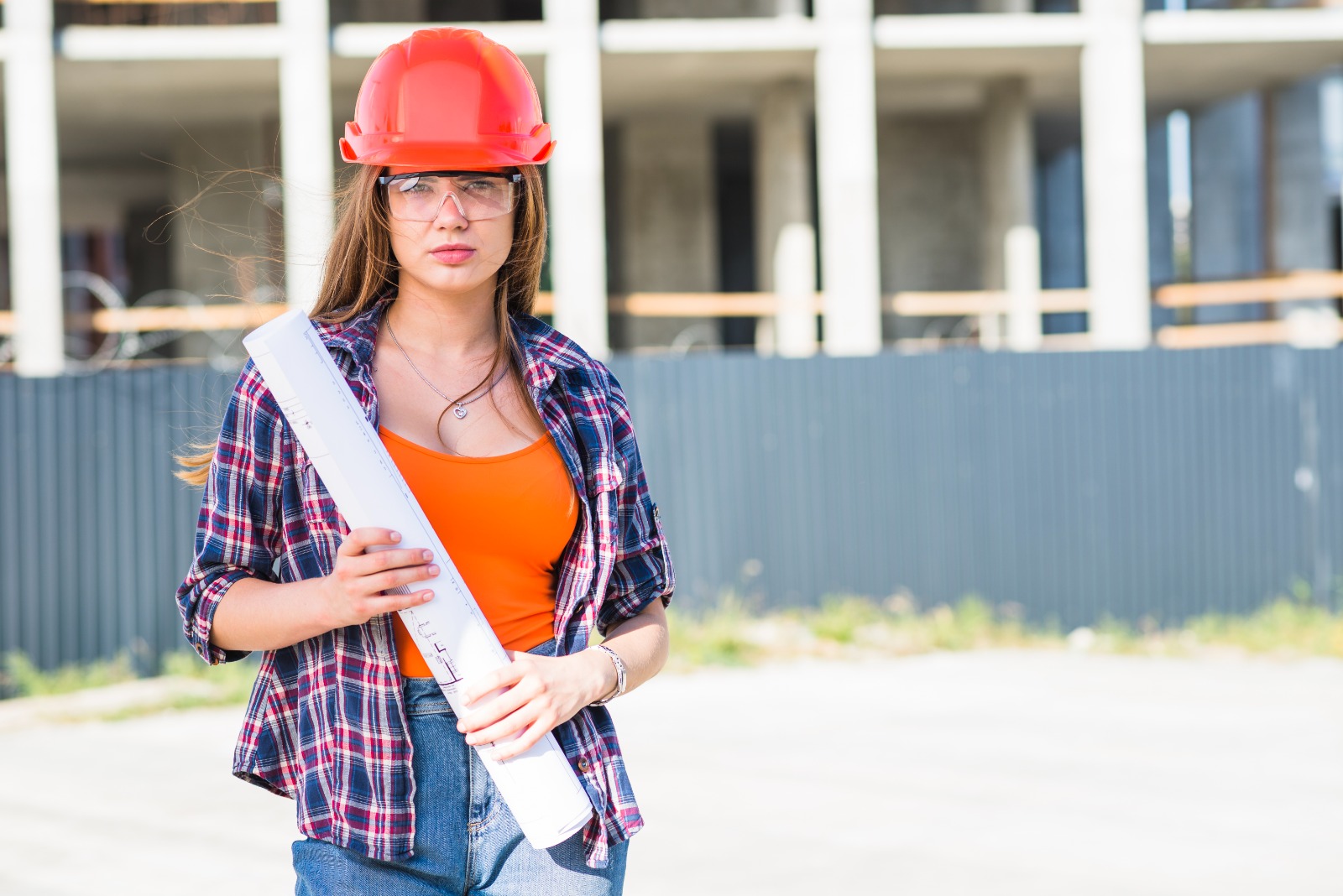Remaining protected while productively finishing work in development is of most extreme significance. Although safety may seem to slow things down at times through preliminary estimating services, if handled well it can actually work together as part of productivity. We will explore this in this blog and show how innovative strategies and best practices can help find that balance for you in construction projects.
Understanding the Importance of Safety
Safety First For construction projects, safety should always come first. With so many potential dangers involved in construction work, keeping workers and the community safe is vitally important. Accidents and injuries don’t just result in suffering; they also delay project timelines, higher costs and cause lasting harm to a company’s image – making safety measures investment not just right but smart business practices as well.
Making construction sites safe involves more than simply following regulations; it requires creating an atmosphere in which every worker feels empowered to spot and manage potential dangers. Companies that make safety an integral component of their culture foster an atmosphere in which safety becomes not just valued but integral.
Implementing Comprehensive Safety Policies
Making sure everyone in an organization stays safe requires creating robust safety rules and enforcing them strictly. Workers need to receive adequate training on spotting danger, responding in emergencies and wearing protective equipment correctly such as helmets and gloves. Furthermore, it’s vital that potential safety issues be assessed quickly in order to prevent accidents from occurring.
Workers need to know that they can raise any safety issues without fear. So, companies should make sure everyone knows the safety rules and feels comfortable reporting any problems or close calls. When safety is something people talk about openly and take seriously, it helps prevent accidents.
Safety rules should be updated regularly to keep up with new laws, technology, and things we learn from past accidents. Always trying to make things safer is the best way to keep everyone protected.
Leveraging Technology for Safety Improvement
New technology has made construction sites safer. There are gadgets you can wear that check your health and warn you if you’re too tired. Drones fly above sites to look for problems.
One cool thing is Building Information Modeling (BIM). It lets you see and plan the construction process before starting, which helps you spot dangers and prepare better. Another is the Internet of Things (IoT), which checks machines and weather in real time to prevent accidents.
Technology also helps people talk and work together better on construction projects with construction cost estimates. It makes sure everyone knows about safety rules and any changes on the site. By using technology entirely, construction companies can make sites safer, and projects run better.
Promoting a Culture of Productivity
Safety should always come first, but also working efficiently is of utmost importance in meeting deadlines and remaining within your budget. In order to stay within this realm of success, working efficiently is key if you wish to meet them on time without incurring extra costs.
But being productive doesn’t require working harder; it requires working smarter. That means investing in training to help workers become better at what they do. With the proper knowledge and abilities in hand, workers can do their jobs more effectively, leading the project towards its successful conclusion – which makes investing in training both good for workers and business alike.
Embracing Innovation and Automation
The construction industry needs to be faster to try new things, but it’s essential to keep up with the times. New technologies like robots and modular buildings are changing the game.
Using automation and robots for repetitive jobs can make things faster and safer, while prefabricated parts can speed up construction and cause fewer delays.
Explore new ideas by encouraging employees to think creatively and embrace new perspectives, construction companies can find new avenues of growth and expansion.
Striking a Balance
Finding an efficient yet safe construction site requires a well-thought out plan that considers each project’s individual challenges. Safety should always come first, but using practices and technologies that make work faster without compromising protection should also be prioritized.
To achieve balance on construction sites with roofing estimating services, all parties involved–project managers, supervisors, workers and subcontractors alike–need to work collaboratively and communicate. If all are on board at once, construction sites can remain both safe and productive at once.
Conclusion
To sum up, finding the right balance between safety and productivity is crucial in construction. By having solid safety rules, using technology, encouraging productivity, and being open to new ideas, companies can make sites safer while still getting the job done well and on time.
In the end, being successful in construction means handling both safety and productivity well. By treating them equally essential and being proactive about managing risks, construction companies can ensure they thrive for the long haul.

